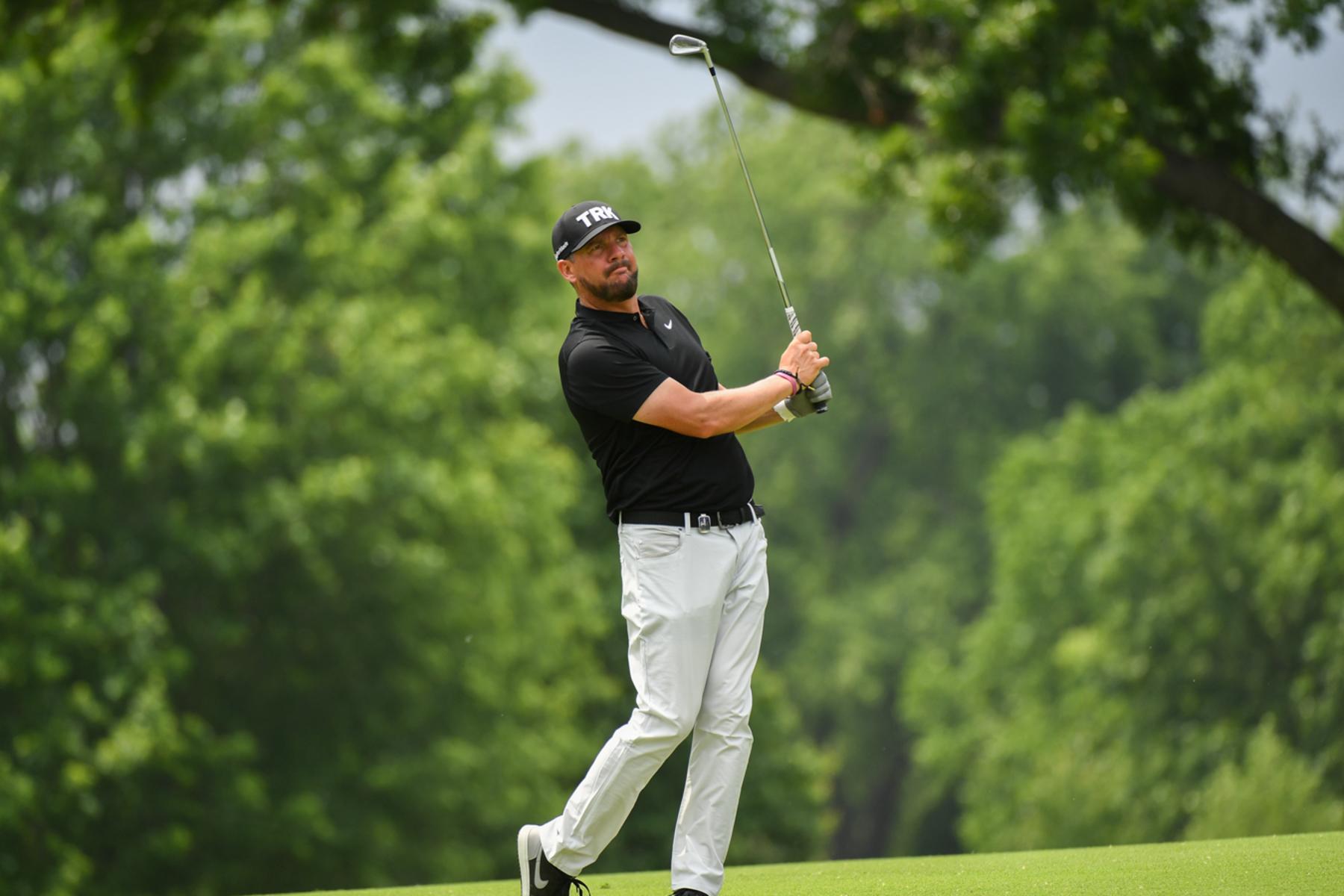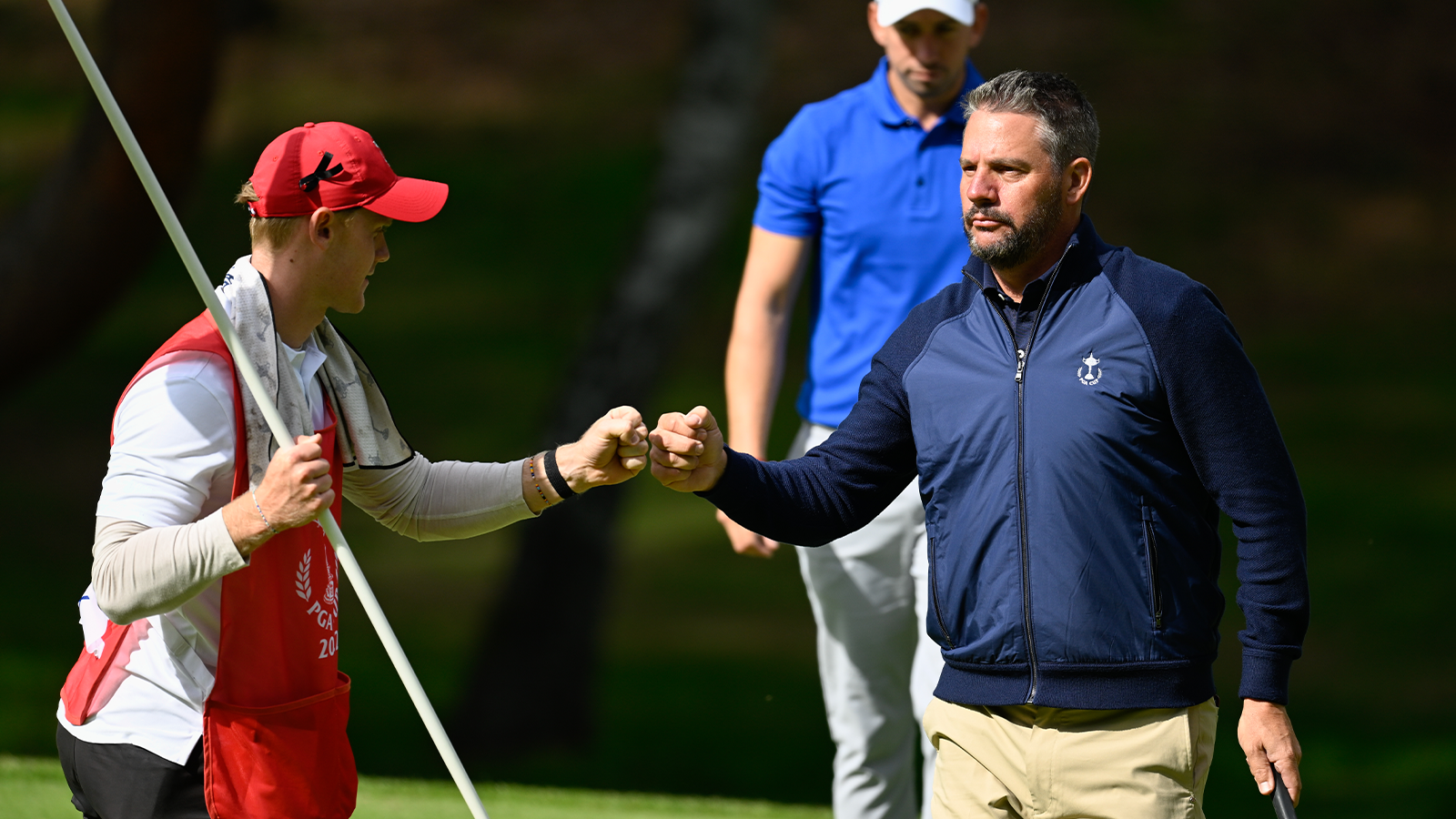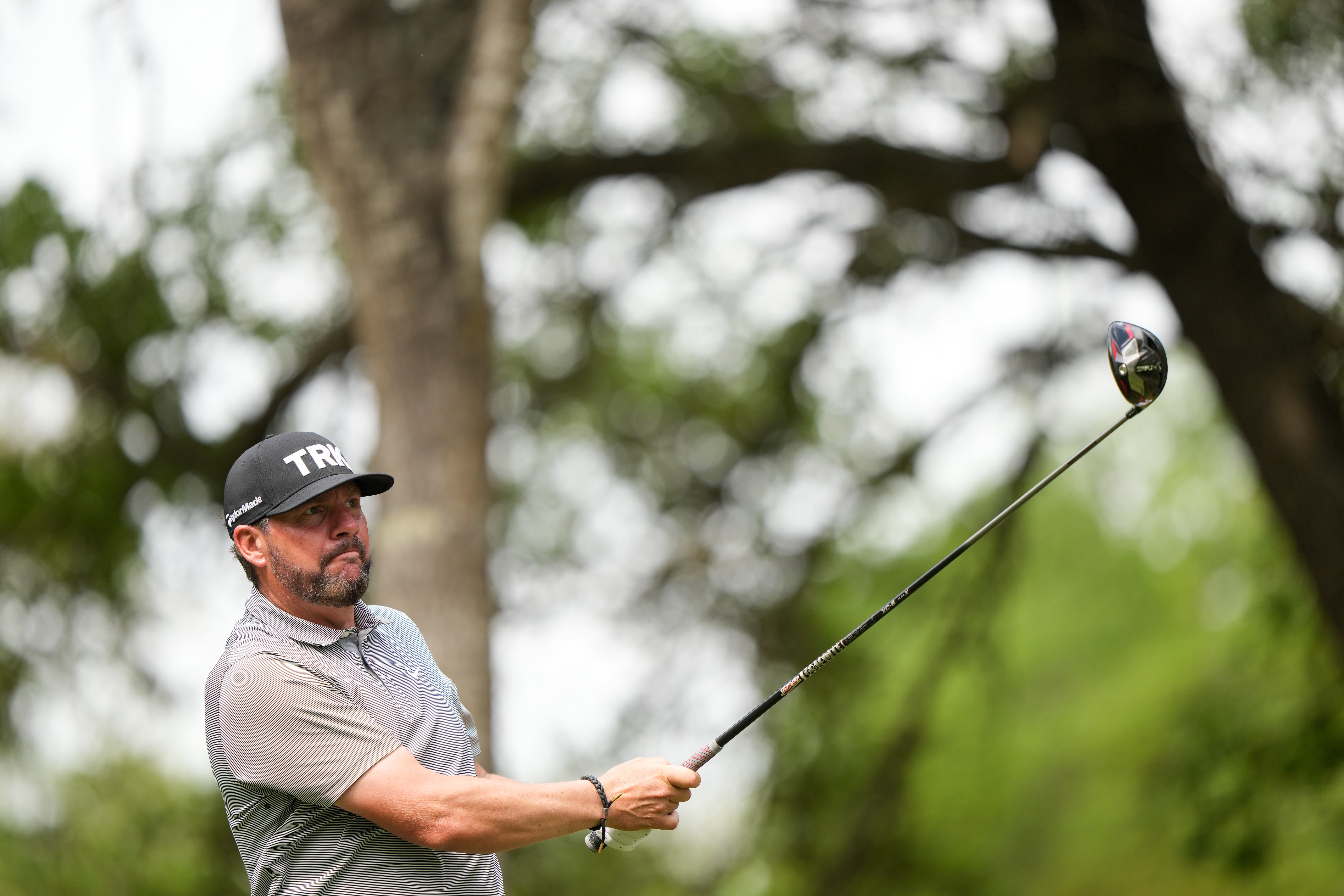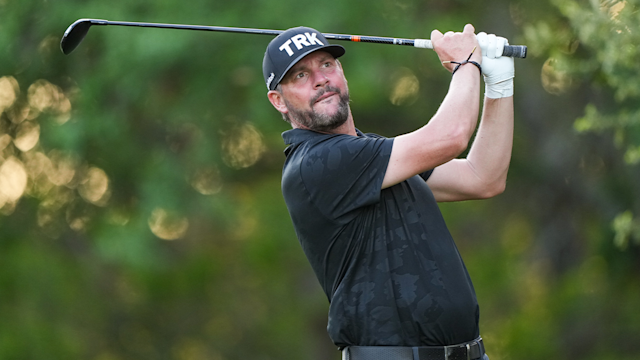quick coaching
Prepare for Your Next Big Golf Tournament With Tips from the Tour
By Ryan Adams, PGA
Published on

Michael Block of the Team of 20 hits his shot on the seventh hole during the second round of the 2022 PGA Championship.
Michael Block has been busy.
The PGA Head Professional at Arroyo Trabuco Golf Club in Mission Viejo, California, spent most of last month not in the golf shop or giving lessons, but on the PGA Tour.
Consecutive weeks at California tour stops — The American Express at PGA West in La Quinta and Farmers Insurance Open at Torrey Pines in La Jolla — were a result of Block winning the Southern California PGA Section Championship and Player of the Year. Not to mention, Block was also the 2022 PGA Professional Player of the Year.
The PGA Head Professional at Arroyo Trabuco Golf Club in Mission Viejo, California, spent most of last month not in the golf shop or giving lessons, but on the PGA Tour.
Consecutive weeks at California tour stops — The American Express at PGA West in La Quinta and Farmers Insurance Open at Torrey Pines in La Jolla — were a result of Block winning the Southern California PGA Section Championship and Player of the Year. Not to mention, Block was also the 2022 PGA Professional Player of the Year.
So how does he get ready for an event on the PGA Tour? With a few tried and true methods that you can use, too, the next time you’re headed into a big tournament:
- Put it all on the line ahead of time. Block tries to emulate the pressure of a tour event by playing money games with the pros themselves whenever they’re in town. “It’s a lot different from just casual golf,” he says. “When there’s something on the line, there’s added pressure, so the more times you can be in that situation, the better you’ll be when the big one actually happens.” Block suggests playing for just a few bucks, lunch or dinner, a bottle of wine or even just a soda. “Whatever makes you nervous,” he adds. “It’s vital to playing your best when the lights are the brightest, whether that’s your club championship, a member-guest, your first real tournament — it won’t be as scary.”

Michael Block of the United States fist bumps his caddie during single matches for the 30th PGA Cup at Foxhills Golf Club on September 18, 2022 in Ottershaw, England. (Photo by Matthew Harris/PGA of America)
- Plan your schedule before you tee off. Block knows exactly what he’s going to be doing before his tee time — down to the minute. “I do that exact same thing every time for the high-level events. Once you’re at the course, it’s time to lock in,” he says. “I know when I’ll eat, what I eat, how long to spend where and when to be there.” Block is at the course two hours before tee time, and for pre-round warm-up, he goes to the putting green right away for 20 minutes, then to the chipping green for 15 minutes, with five bunker shots built-in. “After that, I’m on the range using a 60-degree wedge first, trying to get a good tempo. Then I’ll do every other club — 60-degree, 52-degree wedge, 9-iron, 7-iron, 5-iron, 5-wood, driver, keeping that same rhythm. After that, I’ll have about 15 minutes left, so it’s back to the putting green for five, then to the tee with ten minutes to spare.”
- Remember to eat something familiar. Block tries to stay away from any caffeine or sugars before or during a round — “the jitters from coffee or a soda don’t exactly make you relaxed,” — but always aims to have something familiar in him so he’s got the energy for 18 holes of tournament golf. “I’ll go with an omelet or a protein bar of sorts, because you need something in you to keep your legs energized,” he says. “If you lose your legs, you’re toast, and your swing is toast. You tend not to be hungry when you’re nervous but go with something your body knows before heading out so you don’t get tired. It’s an easy tip but sometimes people forget when those pre-round nerves kick in.”

Michael Block hits his shot from the 16th tee during the final round of the 54th PGA Professional Championship at the Omni Barton Creek on April 20, 2022, in Austin, Texas.
- On the course, spiral upwards. Block knows better than anyone — he’s played a handful of times at the tour events at both Torrey Pines and PGA West — that things can go sideways in a hurry during a round. When that happens, golfers tend to spiral out of control. Block also spirals, but instead of going out of control or downwards, he spirals upwards. “Everyone gets bad breaks — that’s part of golf,” he says. “At some point, your ball is going to settle into the bottom of the rough at Torrey Pines. Instead of blaming yourself for hitting it there, and going negative or downwards, try to focus on what you can make out of your current situation. Go positive with it, or upwards, and move forward. In those big tournaments, the daggers are the big numbers. Sometimes, bogey is best. Double or triple, however, sinks your chances. Spiraling upwards shifts your focus to what could be, instead of what happened.”


